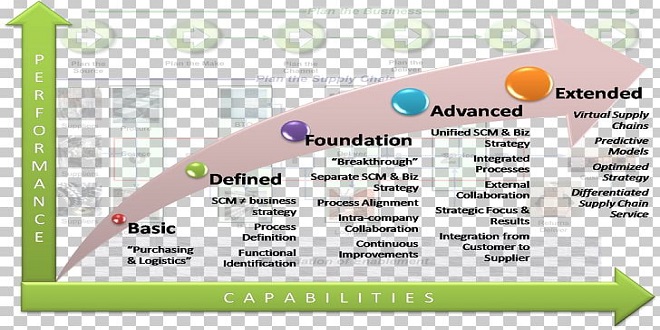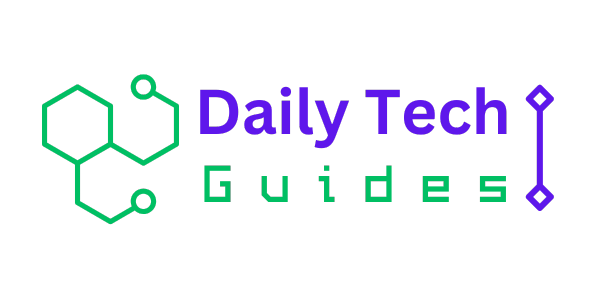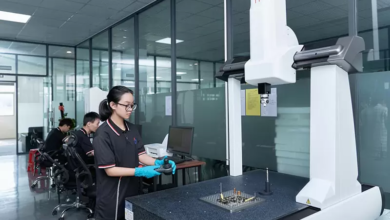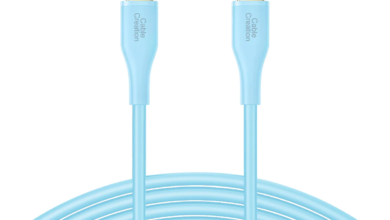Supply Networks: Developing and Maintaining Relationships and Strategies

INTRODUCTION
The world is changing. The consumer is spoiled. Diversity is rampant. We have moved away from the supply side of the business to a“pull” world. Consumer demand is approaching the chaos in its insatiable appetite for diverse, individualized services and goods that are provided by flexible and responsive organizations. To understand this shift, management theorists have developed a whole galaxy of operations strategies and operational activities, including supply network management. For many firms competing in increasingly complex and dynamic sectors, the correct choice, implementation, and evolution of a supply network operations strategy, can provide a considerable competitive advantage. Pivotal to such strategies are the core relationships involved.
DEMAND COMPLEXITY AND THE NEED FOR A FLEXIBLE RESPONSE
Demand tells us exactly what products, services, and values customers seek. In other words, as Lauterborn (1990) suggests, identifying and delivering the four C’s: customer needs and wants; cost to the customer; convenience; and communication.
The Stimuli for Greater Flexibility
Flexibility in operational systems is a response to the need for variety and its attendant uncertainty. The former can be viewed as being demand-driven whereas the latter is a supply dilemma. We examine both of these elements in a little more detail.
Consumer Demand for Variety
Consumer tastes in the past four decades have altered radically. Consumer demand in many sectors for both goods and services is displaying piecemeal, disjointed, and unsystematic tendencies and, thus, is becoming increasingly difficult to satisfy. Consumer purchases are more than ever a reflection of a lifestyle or fashion statement rather than the satisfaction of a basic need, and this is only the beginning. To this has to be added the complexity of instantaneous, electronic, worldwide communication, and an information explosion that has served to educate the average shopper beyond any level seen to date.
Demand Uncertainty
If we accept the picture of increasing variety in both goods and services and the search for ways to customize products at an individual level, we can see that many industries are characterized by complexity and dynamism. Unfortunately, modern organizations are ill-equipped to deal with such uncertainty. A short history lesson:
At the turn of the 20th century, manufacturing, for example, was characterized by an emphasis on mass markets, high volume, and the use of interchangeable parts. When the principles of scientific management, as promulgated by Frederick Taylor and his disciples, were also adopted, it produced a new era of industrial power that was eagerly exploited by the likes of Henry Ford, Isaac Singer, and Andrew Carnegie.
A Classification of Flexibility
Operational flexibility can be witnessed at three levels in an organization: (a) At an inter- and intra-organizational level—the strategic choices made by the firm and its supply systems concerning the ability to offer a particular level of flexibility in products or services; (b) at an operations level—whether in a distinct operations
function or throughout the organization, a concern for whether the operations activities are capable of sufficient product/service flexibility; and (c) at an individual, resource, process, and structure level—a concern for whether human resources, other resources (machinery, etc.).
Last word
Differing arrangements are then depicted (moving from right to left) as the legal obligations become more onerous and long-term. We need to consider some of the forces driving decisions regarding whether to retain activities in-house (make) or rely on market transactions (buy).





